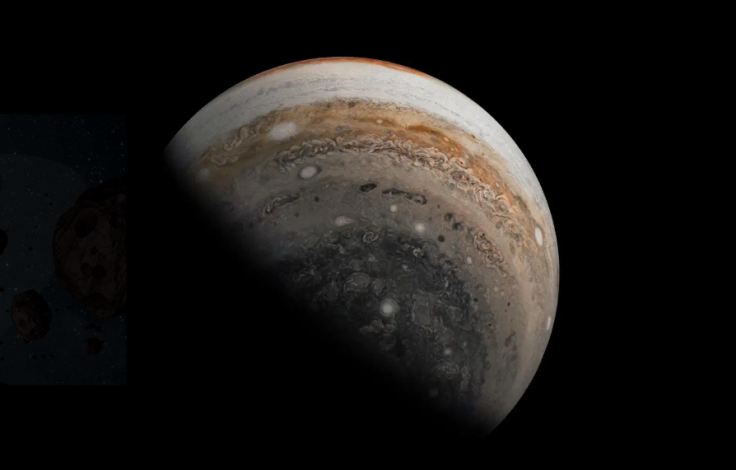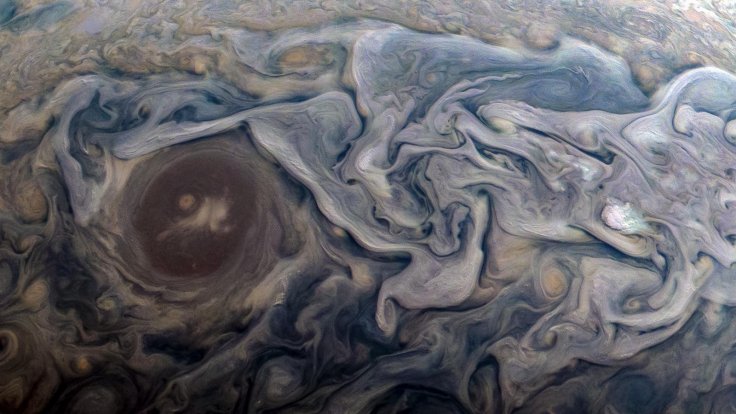Teaming up with the Juno spacecraft, the ground-based Gemini Observatory in Hawaii and NASA's Hubble Space Telescope, are inspecting the fearsome storms on the enormous plant Jupiter.
The images obtained revealed that lightning and the storm systems that produce them, are created in and around huge convective cells over dense clouds of liquid and water ice.
New revelations about Great Red Spot
The new observations also confirm that dark spots in the famous Great Red Spot are actually gaps in the cloud cover and not due to cloud colour variations.
Three years of imaging observations using the international Gemini Observatory have probed deep into Jupiter's cloud tops. The ultra-sharp Gemini infrared images complement optical and ultraviolet observations by Hubble and radio observations by the Juno spacecraft to reveal new secrets about the giant planet.
"The Gemini data were critical because they allowed us to probe deeply into Jupiter's clouds on a regular schedule," said Michael Wong of the University of California, Berkeley. "We used a very powerful technique called lucky imaging," added Wong.

Sharpest infrared images of Jupiter ever obtained
With lucky imaging, a large number of very short exposure images are obtained and only the sharpest images, when the Earth's atmosphere is briefly stable, are used. The result in this case is some of the sharpest infrared images of Jupiter ever obtained from the ground.
According to Wong, "These images rival the view from space." Gemini North's Near-Infrared Imager (NIRI) allows astronomers to peer deep into Jupiter's mighty storms, since the longer-wavelength infrared light can pass through the thin haze but is obscured by thicker clouds high in Jupiter's atmosphere. This creates a "jack-o-lantern"-like effect in the images where the warm, deep layers of Jupiter's atmosphere glow through gaps in the planet's thick cloud cover.
The detailed, multiwavelength imaging of Jupiter by Gemini and Hubble has, over the past three years, proven crucial to contextualizing the observations by the Juno orbiter, and to understanding Jupiter's wind patterns, atmospheric waves, and cyclones.

Making data easily accessible
The two telescopes, together with Juno, can observe Jupiter's atmosphere as a system of winds, gases, heat, and weather phenomena, providing coverage and insight not unlike the network of weather satellites meteorologists use to observe Earth.
Because the Hubble and Gemini observations are so important for interpreting Juno data, Wong and his colleagues are making all of the processed data easily accessible to other researchers through the Mikulski Archives for Space Telescopes (MAST) at the Space Telescope Science Institute in Baltimore, Maryland. The results were published in The Astrophysical Journal Supplement Series.
(With inputs from agencies)









